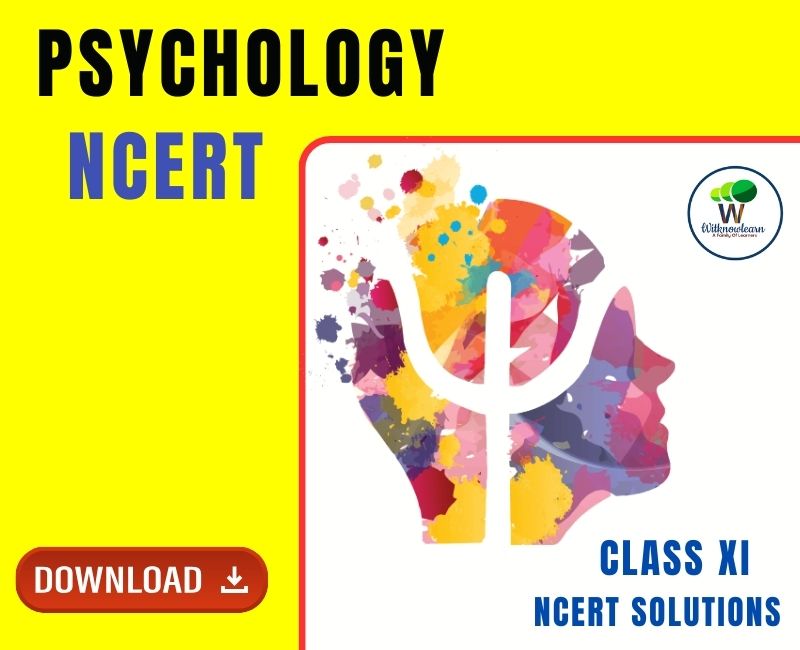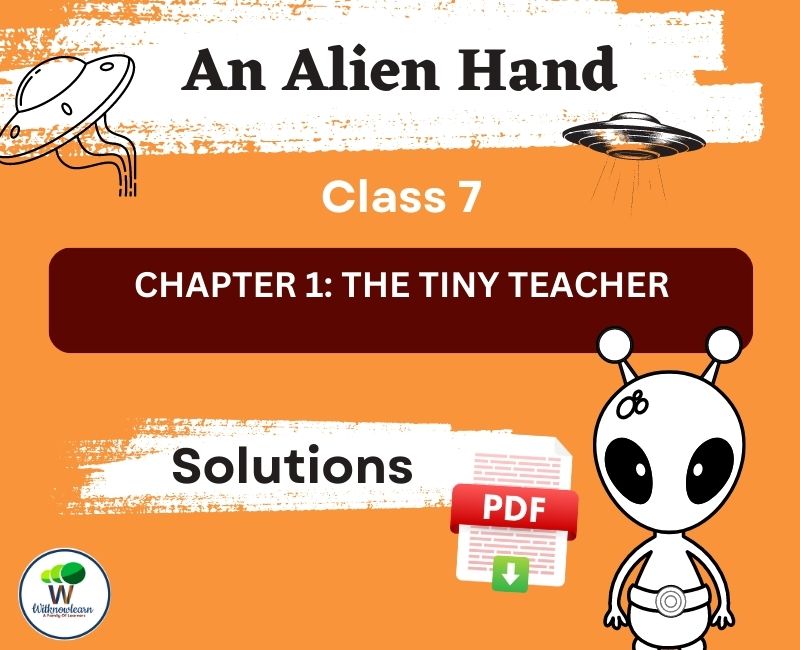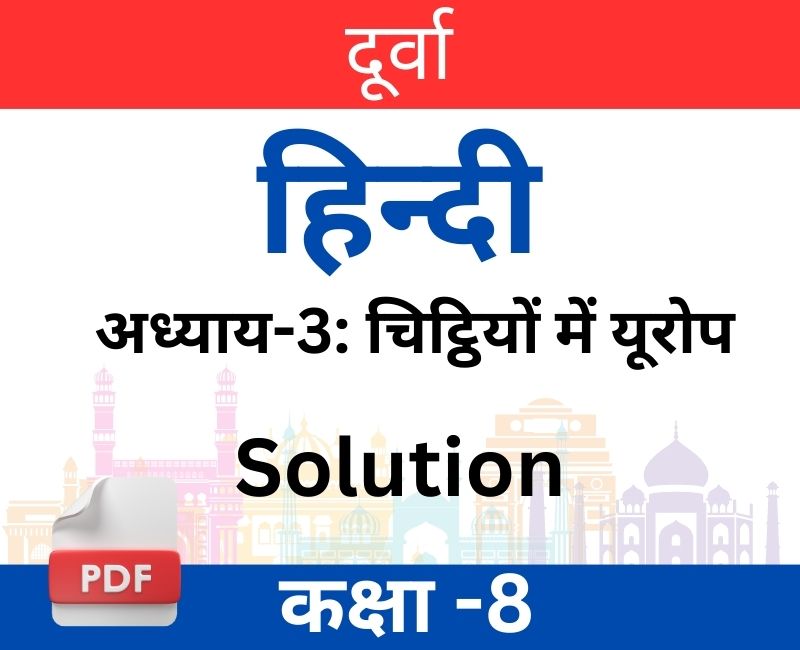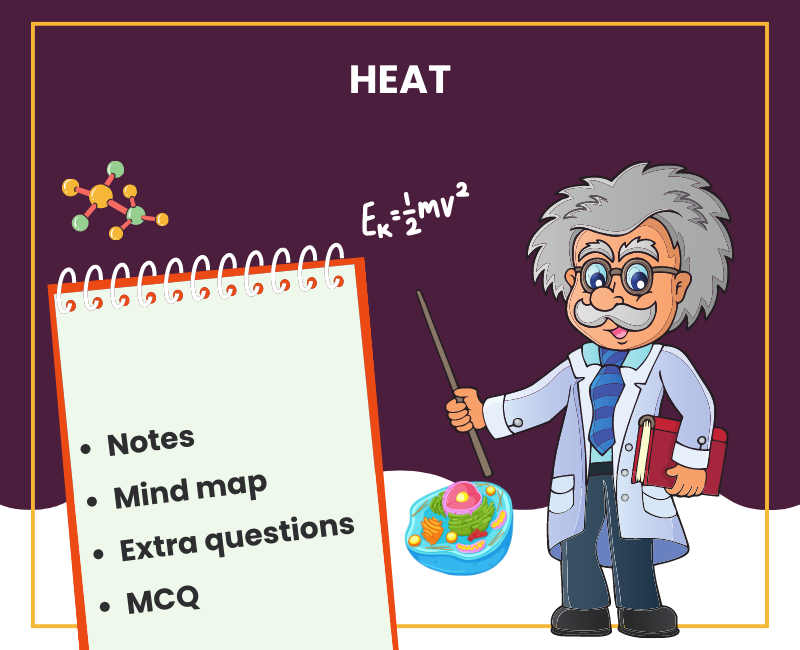NCERT Solutions For Class 11 Psychology Chapter 2 Methods Of Enquiry In Psychology
Diving into Class 11 Psychology Chapter 2, students are introduced to the fascinating world of 'Methods of Enquiry in Psychology'. This chapter, a vital part of the NCERT Class 11 Psychology curriculum, offers a deep dive into the various techniques and strategies used in psychological research and understanding. For students seeking to excel in psychology, comprehending Chapter 2 is crucial, and the Class 11 Psychology Chapter 2 Solutions provide an excellent resource for mastering these concepts.
The chapter begins by unraveling the mysteries of how psychologists gather data and insights. It explores different research methods, each a critical part of the 'Methods of Enquiry in Psychology Class 11' syllabus. These methods include observation, experimentation, case studies, and surveys, all integral to understanding human behavior and mental processes. The NCERT solutions for Methods of Enquiry in Psychology offer detailed explanations and examples, making complex ideas more accessible.
Students often find the Class 11 Psychology Chapter 2 Question Answer section to be particularly helpful. This segment not only reinforces the chapter's content but also encourages critical thinking and application of knowledge. It’s an essential tool for those aiming to delve deeper into psychological research methods.
Moreover, the 'Methods of Enquiry in Psychology Class 11th' chapter lays the groundwork for advanced psychological studies. It’s here that students learn the scientific rigor and ethical considerations involved in psychological research. The NCERT Class 11 Psychology book does an excellent job of presenting these concepts in a student-friendly manner, ensuring a thorough and engaging learning experience.
In summary, Class 11 Psychology Chapter 2 is more than just a chapter in a textbook; it's a gateway to understanding the core methods that form the backbone of psychological research. With the help of detailed solutions, engaging question answers, and comprehensive explanations, students are well-equipped to explore the intriguing world of psychology.
Q1. Describe the limitations of psychological enquiry.
Ans: The limitations of psychological enquiry are as follows:
Lack of true zero point: Psychological measurements do not have a zero point. The scores that are assigned to individuals in psychological studies are not absolute in nature but have relative value. Relative nature of psychological tools: Psychological tests need to be developed, modified and adapted according to the context of study. For example, test developed for urban children is not suitable and cannot be applied on tribal children. Subjective interpretation of qualitative data: The qualitative data are largely subjective and interpretations may vary from one individual to the other.
Q2. Dr. Krishnan is going to observe and record children’s play behaviour at a nursery school without attempting to influence or control the behaviour. Which method of research is involved? Explain the process and discuss its merits and demerits.
Ans: Non-participant observation method is involved in research of Dr. Krishnan here. He can install a video camera to record children’s play behaviour at a nursery school or sit in a corner of the class without interfering or participating in their everyday activities and then analyse and conclude it.
Merits: The researcher study people and their behaviour in a naturalistic situation, as it occurs.
Demerits: This method is labour intensive, time consuming, and is susceptible to the observer’s bias. Our
observation is influenced by our values and beliefs about the person or the event.
Q3. Explain the nature of psychological data.
Ans: 1. Psychologists collect a variety of information/ data from different sources employing diverse methods. The information relate to the individuals covert or overt behaviour, their subjective experiences, and mental processes.
2. Data form an important input in psychological enquiry. They in fact approximate the reality to some extent and provide an opportunity to verify or falsify our ideas, hunches, notions, etc.
3. Data are not independent entities. They are located in a context and are tied to the method and theory that govern the process of data collection. In other words, data are not independent of the physical or social context, the persons involved, and the time when the behaviour occurs.
4. The method of data collection used and the characteristics of respondents also influence the nature and quality of data.
5. Also, data does not in itself speak about reality. Inferences have to be made from data. A researcher attaches meaning to the data by placing it in its proper context.
Q4. A researcher is studying the relationship between speed of cycling and the presence of people. Formulate a relevant hypothesis and identify the independent and dependent variables.
Ans: Variable: It is any stimulus or event which varies or can take on different values that can be measured e.g. weight, or height. Hypothesis: It is a tentative and testable variable, e.g. those who are rewarded shall require a lesser number of trials to learn than those who are not a statement which expresses the relation between two or more than two rewards. Independent variable: It is the variable which is systematically manipulated or altered in an experiment. It is the cause. Dependent variable: It is the variable that is measured in an experiment. It is the effect. As per the question: Hypothesis. The presence of others will enhance the speed of cycling. Independent variable. Presence of others Dependent variable. Speed of cycling.
Q5. Differentiate between an interview and a questionnaire.
| Interview | Questionnaire |
| It form of interaction in which questions are asked directly to the respondents | It is a framework in which questions of scientific enquiry are written. |
| Questions may vary in their sequences according to the needs of the situations | Questions are written in an appropriate sequence which is answered in writing by the responder |
| Researcher and responder are in face-to-face contact | The researcher and responder are not required to be in face-to-face contact. |
| A researcher can visit the respondents or call them at the office | Researchers can go to the places to distribute the questionnaire or questions can be sent through e-mail and post. |
| The questions are flexible by nature | The questions are rigid |
Q6. Describe the various steps involved in conducting a scientific enquiry.
Ans: The various steps involved in conducting a scientific enquiry can be described as follows:
1. Conceptualization of problem: It is important in a scientific enquiry to narrow down the focus and understand the specific problem. It is done by reviewing past research, personal experience and observations. This is further followed by preparing a hypothesis or a tentative solution of the problem.
2. Data collection: The second step involves the preparation of a blueprint of the entire study. It consists of four aspects namely, identifying the participants in the study, methods of data collection, tools to be used in research and procedure for data collection.
3. Drawing conclusions: The data are analyzed through statistical procedures and represented graphically in the form of pie-chart, bar-diagram, etc. It helps to verify the hypothesis and draw conclusions by putting them into an appropriate context.
4. Revising research conclusions: The existing hypothesis is finally confirmed on the basis of revision of data else, a new hypothesis is stated and tested by new data. The research may also be revised by other researchers, hence making it a continuous process.
Q7. Explain the characteristics of a standardised test.
Ans: Characteristics of a standardized test:
1. Reliability: Reliability refers to the consistency of scores obtained by an individual on the same test on different occasions. If the test is reliable, these showed not be any variation in the scores obtained by the students on the 2 occasions.
For this we can complete the following:
1. Test-retest reliability: it indicates the temporal stability. It is computed by finding out co-efficient of correlation b/w the 2 sets of same people.
2. Split-half reliability: It gives an indication about the degree of intends, consistency of the test.
2. Validity: For a test to be usable, it must be valid. Validity refers to the question “does the test measure what it claims to measures”. E.g. If a test is for assessment intelligence, it should only be testing intelligence and not aptitude.
3. Norms: A test becomes standardized if norms are developed for the test, norm is the normal average performance of the group. The test is administered on a large number of students. Their average performance standards are based in their age, sex, place of residence, etc. this helps us in compassion of performance of groups and individual students.
Q8. What are the goals of scientific enquiry?
Ans: There exists diversity in types of researches or studies undertaken by psychologists but they all seem to share some common goals of enquiry, which are as follows:
Description:
This helps to define the phenomena and distinguish it from other phenomenas. Description is necessary because any event or behaviour may have many aspects.
For example, the idea of entertainment varies from reading books to going to pubs, depending on the individual. The recording of event or behaviour is an integral part of description.
Prediction:
Prediction means forecasting of events. It establishes relationship between two variables.
For example, one might say exercising leads to weight loss.
In psychology all predictions are made within a certain margin of error i.e. they are not pin-pointed or exact.
Explanation:
Explanation involves knowing the cause or the reason behind the behaviour. It also tries to understand the conditions under which a particular behaviour occurs. For example, a child behaves rudely whenever he is disturbed so his disturbances become the cause of his rude behaviour.
Control: Control means creating change in the phenomenon or behavior. It refers to making behaviour happen, reduction in it or enhancement in it. The changes produced by psychological treatment in terms of therapy are good examples of control.
Application:
Psychological researches are often conducted to solve various problems faced by file society. Psychology helps in solving problem at individual, organizational or community level.
For example, therapies are provided to individuals and counseling is also there to help them. At file organizational level, various psychological concepts like work motivation are used to enhance performance. At file community level, counseling is provided to help people engage in various, helpful and ecofriendly behaviours.





